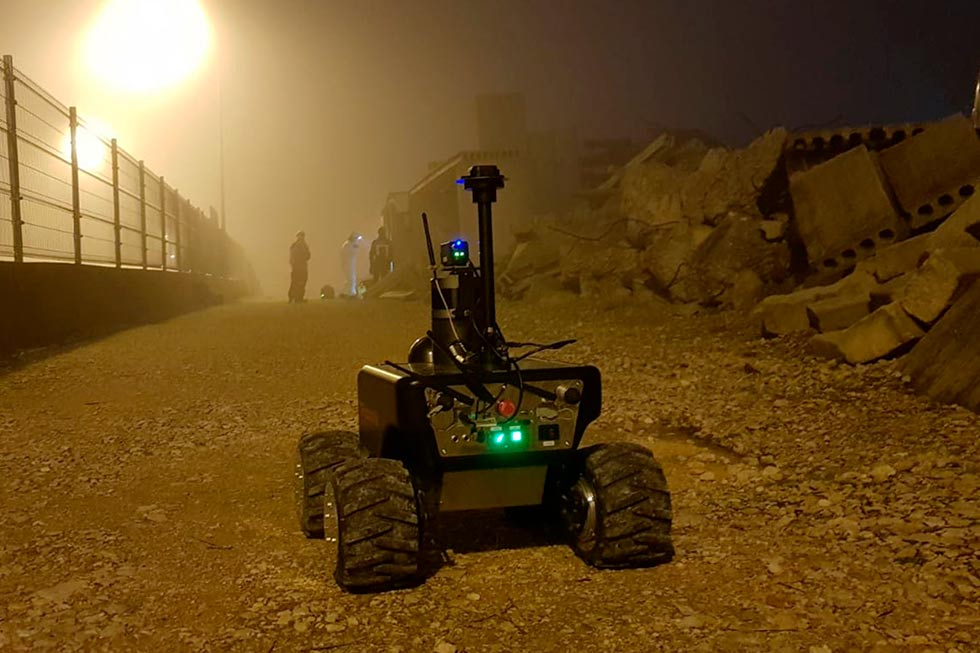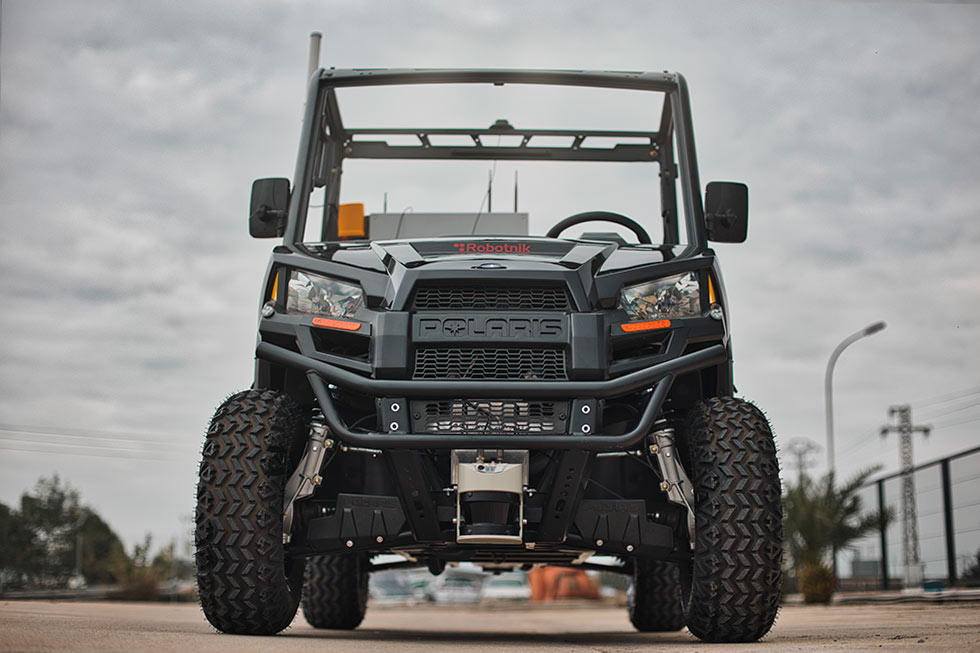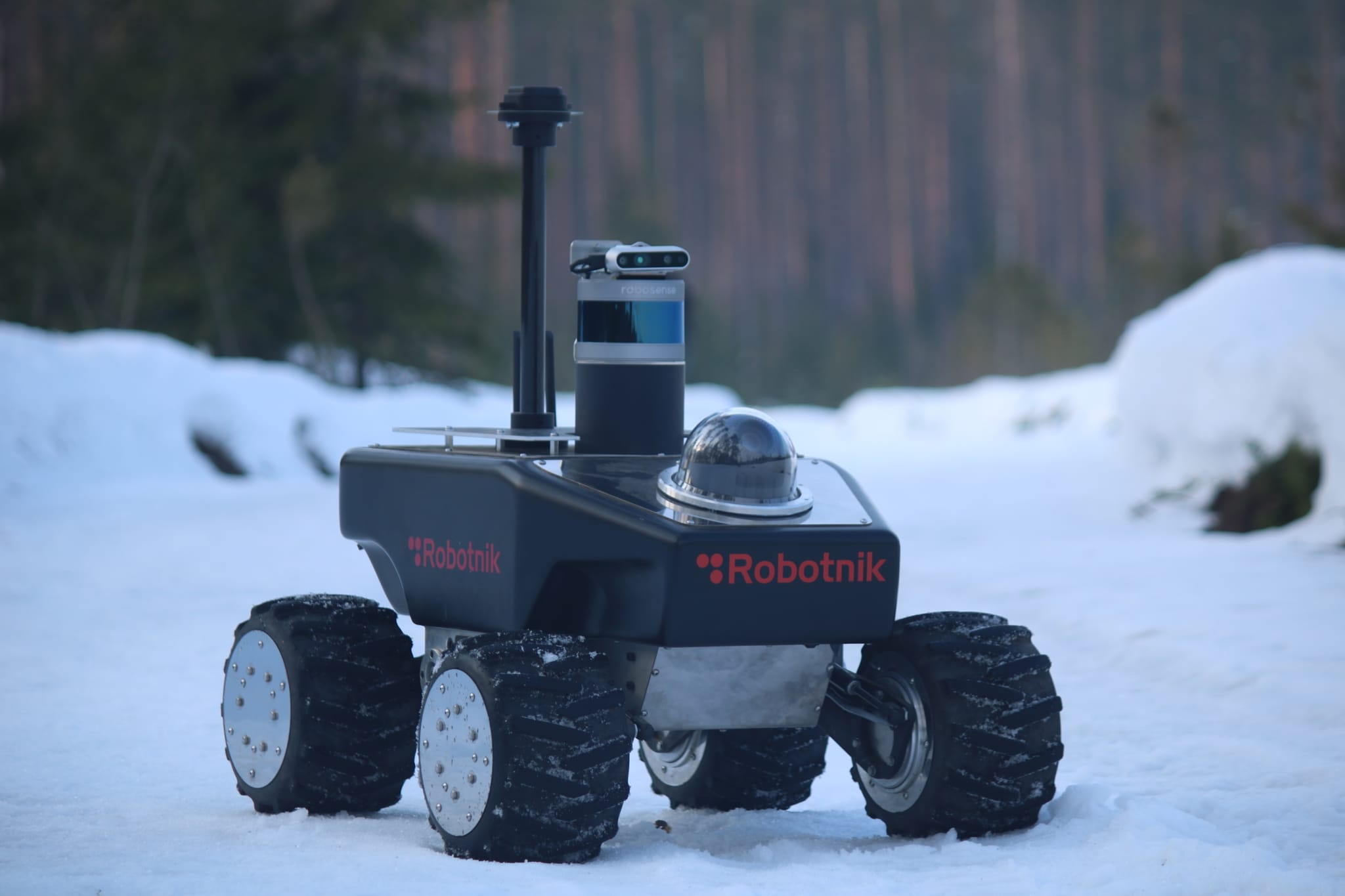
Many jobs involve risks for humans due to the nature of the tasks or the environment in which they are performed. Therefore, the trend towards the use of robots in hazardous situations has increased considerably in recent years.
Different reports reported by the European Environment Agency (EEA) show how Europe is facing an increasing number of disasters derived from natural phenomena, technological accidents or human actions. Given this scenario, robotics is a feasible alternative since one of the main advantages of the use of robots in hazardous environments is that they replace people by performing jobs that, in the past, they could not avoid. As mentioned in previous articles, the use of robots extends to numerous dangerous situations and risky environments in which professionals are involved in sectors related to security, rescue or emergencies, such as critical infrastructures, border management or natural disasters, among others.
FASTER PROJECT
In this publication we talk about FASTER, a European R&D project that has worked in this area and has concluded with outstanding results.
FASTER is an example of how robots are used in dangerous situations. The aim of the project was to provide tools to reduce the response times of rescue teams in emergency situations through the use of new technologies.
Aspects such as detailed knowledge of the situation and the environment in which the disaster has occurred, risk assessment or improved communication capabilities, directly interfere in the success of the mission and increase the safety guarantees for the human team.

To this end, the FASTER consortium, made up of different research, technological and social partners, has worked together with several first aid organizations for 36 months to develop tools that improve the operational capacity of rescue teams and increase their safety. It has relied on technologies such as Augmented Reality, User Interfaces based on the human body and its gestures, 5G communication devices, blockchain technology and autonomous vehicles that collect valuable information from the disaster scene and allow the human team to expand situational awareness and improve the action plan.
ROBOTS IN HAZARDOUS ENVIRONMENTS
The project was carried out with the participation of two autonomous mobile robots from Robotnik: SUMMIT-XL and RB-CAR, which integrated different sensors, such as optical and thermal, environmental, nuclear, biological, chemical, radiological and explosives cameras. The software for the robots was developed in open source at ROS.
HARDWARE OF THE PROJECT

- GPS Trimble
- AXIS PTZ Thermal camera
- VIPER
- Ouster OS1
- RS-Lidar M1
- Teltonika

- GPS ublox
- FLIR A65
- ZED2 + jetson
- AXIS camera
- RS-Lidar-16
- Teltonika
The technologies and tools developed in FASTER have been tested and evaluated in 3 main pilots, in which simulations of possible emergency scenarios have been carried out:
- MONCALIERI PILOT: natural catastrophe (floods).
- MADRID PILOT: natural disaster (earthquakes).
- KAJAANI PILOT: human-induced catastrophe (terrorist attack).
ROBOTNIK IMPROVEMENT MILESTONES IN FASTER
During the different pilots, operational aspects of the two unmanned autonomous vehicles have been tested, such as GPS navigation and teleoperation, or mapping with 3D LIDAR and stereo camera. Some of the improvements obtained are:
Development of different algorithms: trajectory storage algorithms, tracking algorithms and mapping algorithms for 3D map generation.
Improvements in Robotnik's user interface.
Improvements in the autonomous GPS navigation of the RB-CAR and in the teleoperation of the SUMMIT-XL.
The FASTER project is a ‘Research and Innovation Action’ which means that the intention of the project is not to generate results that can already be considered final products, but primarily prototypes that will hopefully become products in the coming years. Nevertheless, the R&D work carried out within the framework of this type of project is essential in order to be able to carry out applications in a real environment.

